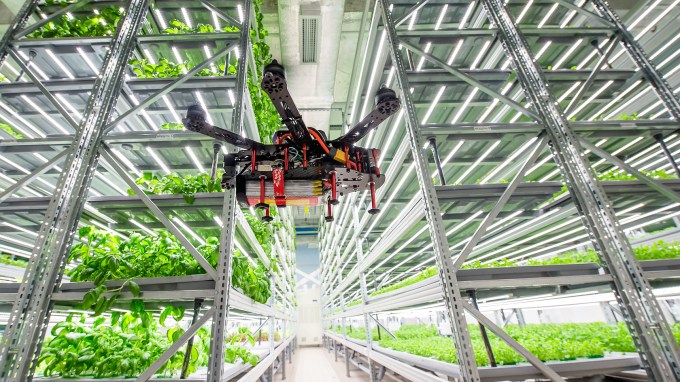George Sehremelis is building what he calls a “social news network,” with the aim of combatting the spread of misinformation and fake news online.
“My goal has always been make an impact on the 2020 election,” Sehremelis told me — a tall order, particularly when the big social networks are struggling to solve these same problems. And as if that wasn’t enough, Meheris is hoping to revitalize student and local newspapers at the same time.
To do that, he’s launched Overlooked, an app currently being piloted with newspapers at the University of Southern California, Dartmouth, West Virginia University and elsewhere.
“We didn’t want to build a news aggregator, and we didn’t want to build a social network,” Sehremelis said. “We wanted to combine them.”
So Overlooked is an app where users — initially college students — can post and share articles. And that’s basically all they can do. They won’t be able to post any comments or content of their own, which Sehremelis said already “eliminates the possibility of a deepfake” video or image that’s been edited to mislead.

Image Credits: Overlooked
Of course, misinformation doesn’t just come from individual posts, but also from articles posted by publishers across the web. Those kinds of articles might still be shared on Overlooked, but Sehremelis argued that by eliminating user-generated content, the startup “drastically reduces the amounts of data that we have to vet.”
“Instead of posts, videos, memes, all of the above, there’s only news articles,” he continued. “One day in the future, our content moderators will be able to actually vet all the content on our system.”
But without those social posts and memes, what’s going to bring readers to the app? For one Sehremelis said Overlooked is the “fastest way and the easiest way to share a news article with your friend.” This is also where the partnerships with student newspapers come in.
Sehremelis is a recent USC alum, and he participated in the school’s Blackstone LaunchPad powered by Techstars. He recalled visiting the offices of the USC newspaper, the Daily Trojan, and seeing printed newspapers stacked to the ceiling — which seemed like a wasted expense that’s disconnected from the way students actually get their news. This, in turn, led him “down the rabbit hole of the newspaper industry as a whole,” where he learned about broader circulation and revenue challenges.
“The newspaper, it needs a superhero,” Sehremelis said.

Image Credits: Overlooked
And in fact, Overlooked has created a superhero mascot of sorts called Article Man, who represents the profile that newspapers can create on Overlooked, allowing them to communicate and share content directly with readers. They also get a share of the revenue from any Overlooked advertising that targets the newspaper’s readers.
Sehremelis argued that this approach addresses the issues that arise from an individual newspaper app (which can have a hard time getting downloads) or a profile on social media (where a newspaper gives up control and rarely monetizes in a significant way). He suggested these issues are only going to be more acute this fall, with many colleges sticking to remote learning or bringing students back to campus in a reduced capacity.
“Students aren’t going to be on campus to pick up the newspaper,” he said. “Many students weren’t picking up newspapers, anyway. Many of these student newspapers instead are on social media — it’s just that social media wasn’t compensating them.”
In addition, he’s hoping to get Overlooked in classrooms (virtual or otherwise), with professors inviting their classes to join the app and discuss the news.





